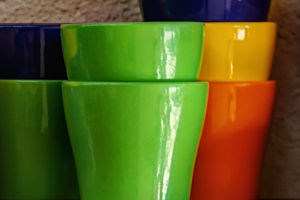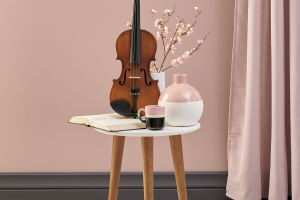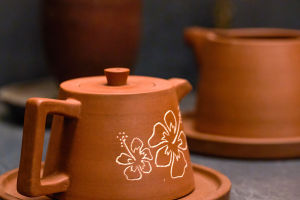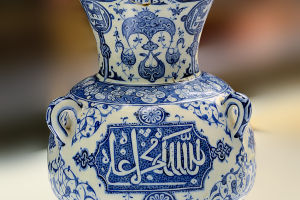
Blooms And Brushes

Painting flowers provides an excellent platform to practice various oil painting techniques. Whether it's glazing, impasto, or wet-in-wet techniques, you can refine your skills while creating beautiful floral compositions.
In the realm of flower painting, boldness is key. Embrace bold brushstrokes, vibrant colors, striking compositions, and imaginative ideas to bring your floral artwork to life.
When selecting photos of flowers as your references, ensure they are of high quality, offering clear and detailed views. Ideally, natural lighting should be used when taking these reference photos.
Remember that when painting flowers, it's best to reserve the flower head or the brightest part for last. This approach ensures that the surrounding colors remain fresh and vibrant, without becoming muddied.
Related
 Coffee's Taste Altered by Cup Color, Fascinating Research Reveals.
Coffee's Taste Altered by Cup Color, Fascinating Research Reveals.
 Music, the Unifying Force: Weaving Emotion and Culture Across Humanity.
Music, the Unifying Force: Weaving Emotion and Culture Across Humanity.
 The Preference for Purple Clay Pot in Making Tea.
The Preference for Purple Clay Pot in Making Tea.
 Blue and white porcelain: Iconic Chinese ceramic art, blending history, craftsmanship, and global acclaim.
Blue and white porcelain: Iconic Chinese ceramic art, blending history, craftsmanship, and global acclaim.
 Cleaning tips for spotless glassware.
Cleaning tips for spotless glassware.
 to learn about the various types of cameras and their advantages and disadvantages.
to learn about the various types of cameras and their advantages and disadvantages.
Avoid the use of black in your floral paintings, especially as the flowers darken. Instead, opt for complementary colors to maintain the vibrancy of your compositions.
Avoid getting overly detailed in the petals, as excessive detail can make the flowers appear lifeless.
When blending colors, exercise restraint to maintain transparency and clarity in your color transitions.

Creating a still-life arrangement with flowers demands thoughtful consideration. Learn to adjust the placement of objects based on lighting, surrounding elements, and color schemes.
You can employ contrasting colors in your still life arrangements to create focal points within your floral paintings. Pay special attention to refining the edges by adding touches of white and red, emphasizing the central elements.
Enhance your compositions by introducing colors like yellow, green, orange, and blue to complement the natural hues of the flowers, adding depth and visual interest.
After capturing the essence of the flowers, lightly depict the background of green leaves. Since leaves serve as a backdrop, a more relaxed approach with varying thickness in strokes will give your painting greater depth and impact.
Pay close attention to the play of light, as it sets the mood of your artwork. When depicting light, be mindful of the contrast between light and shadow, as well as the shifts in color temperature between warm and cool tones.
To add intrigue to your floral paintings, consider introducing unexpected elements such as a weathered engine or a stack of books next to the flowers.
Exploring unconventional angles, such as a top-down perspective, can offer fresh and captivating viewpoints for your floral compositions.
Experiment with moving objects slightly within your composition to achieve dramatic effects and enhance the overall visual impact.
Flowers provide a unique opportunity for artists to combine vivid colors with distinctive shapes, allowing you to refine your painting skills while creating captivating floral masterpieces.